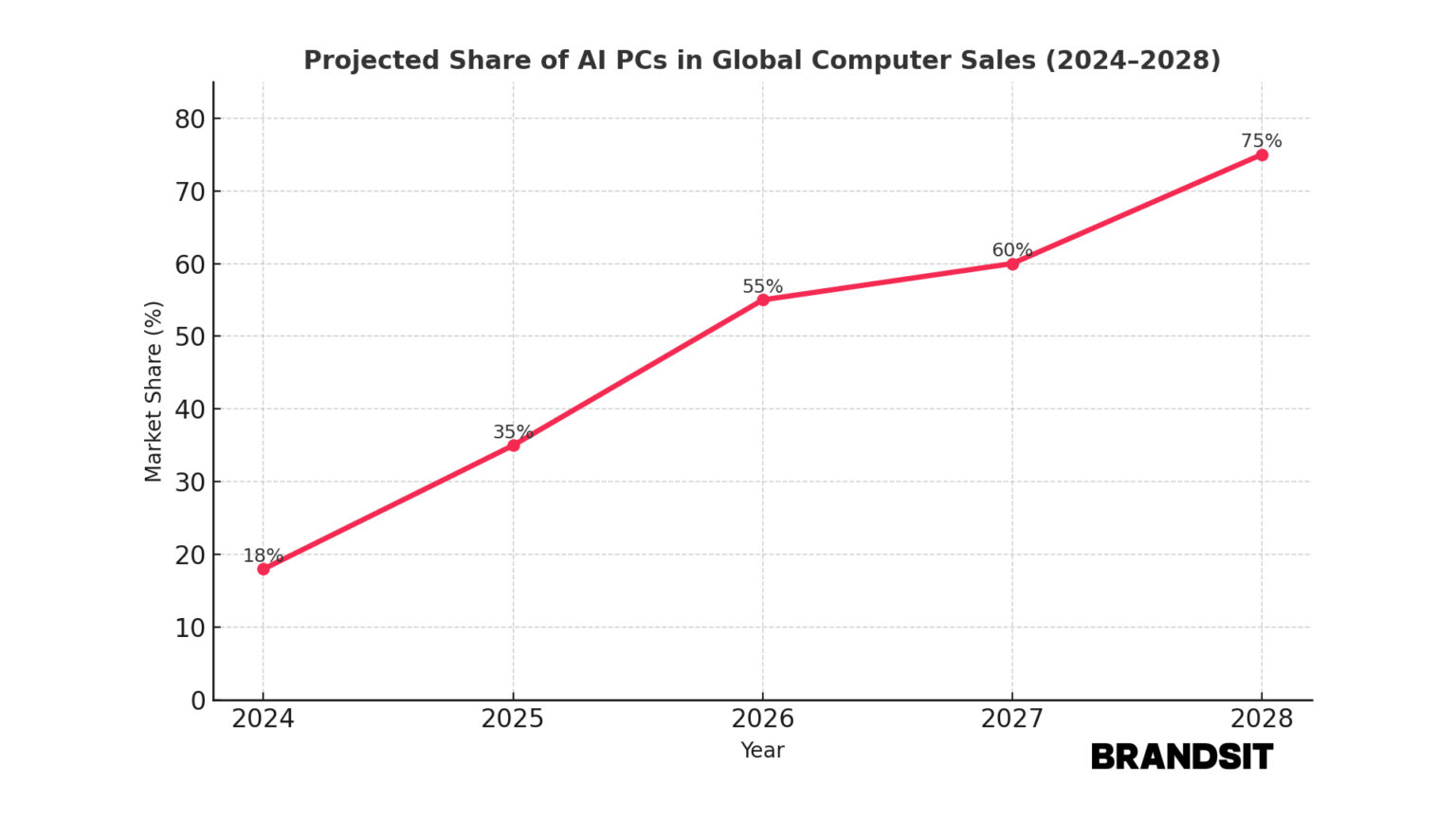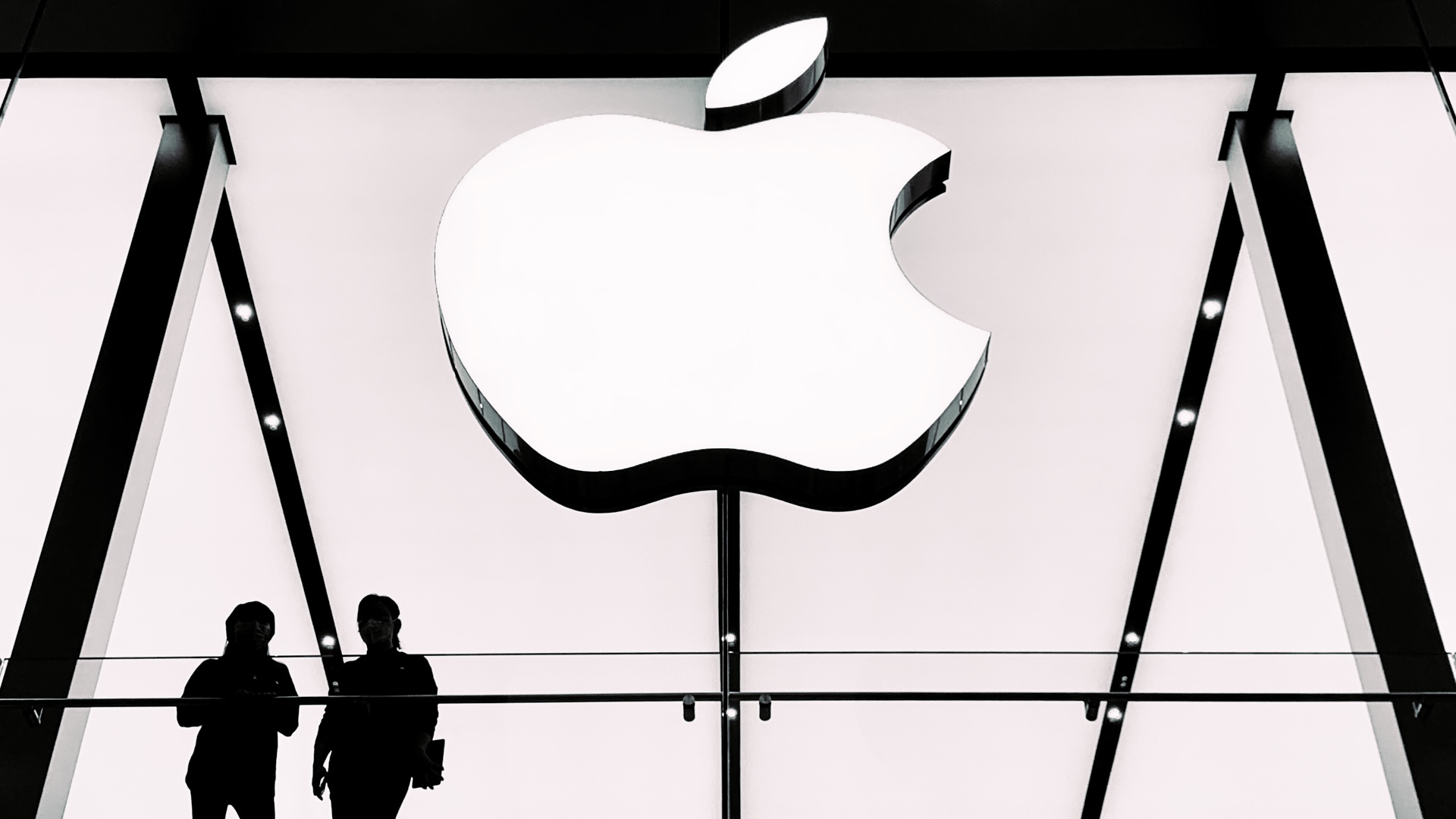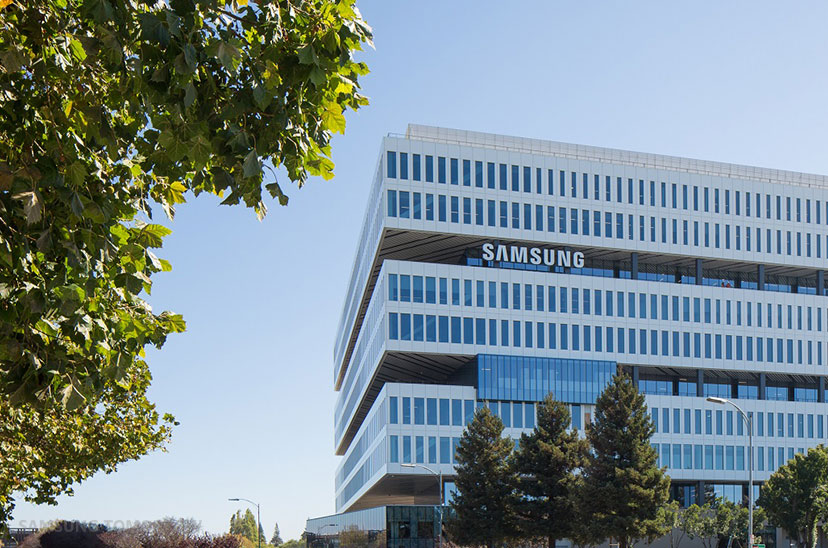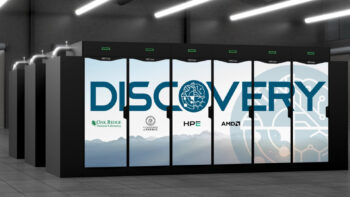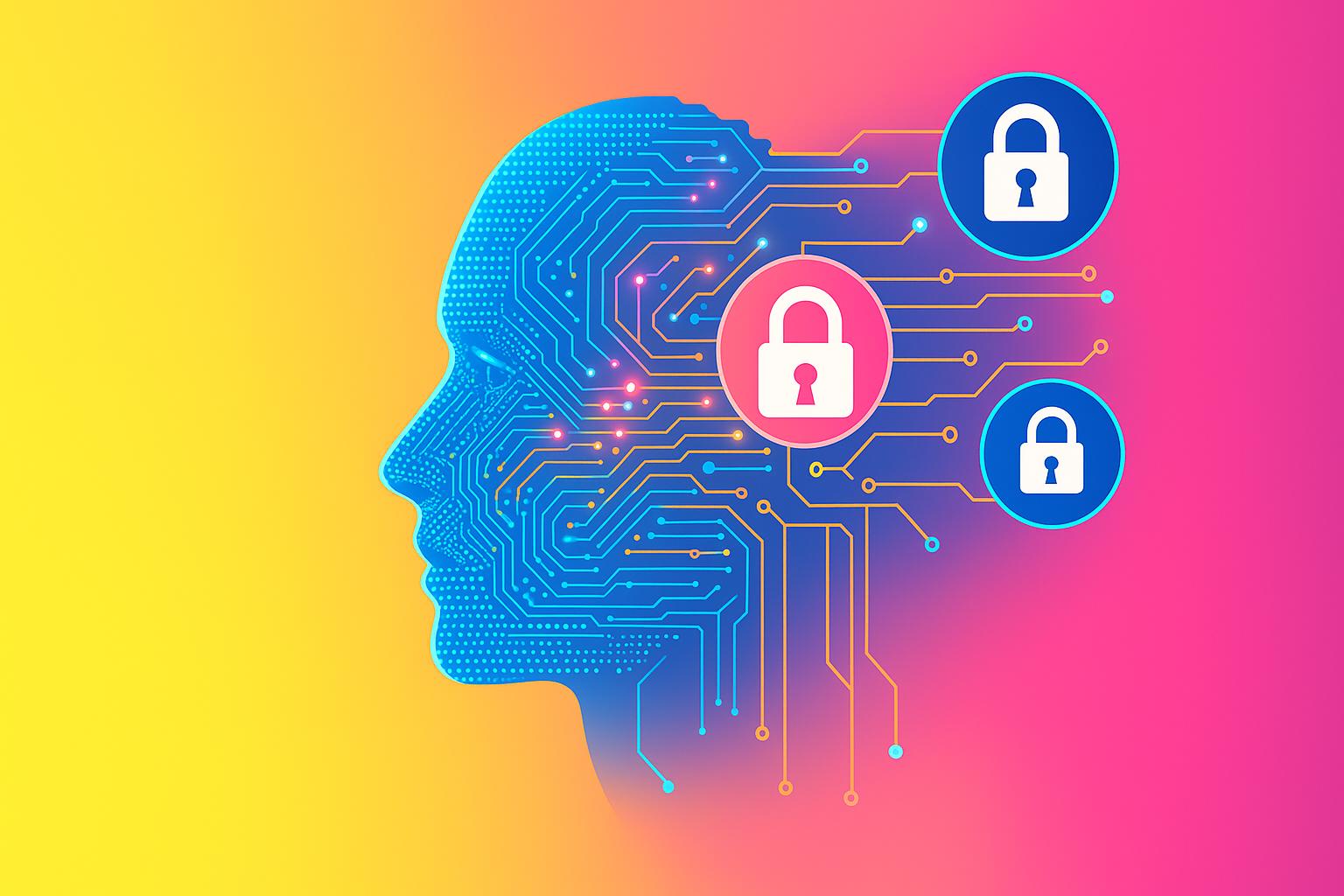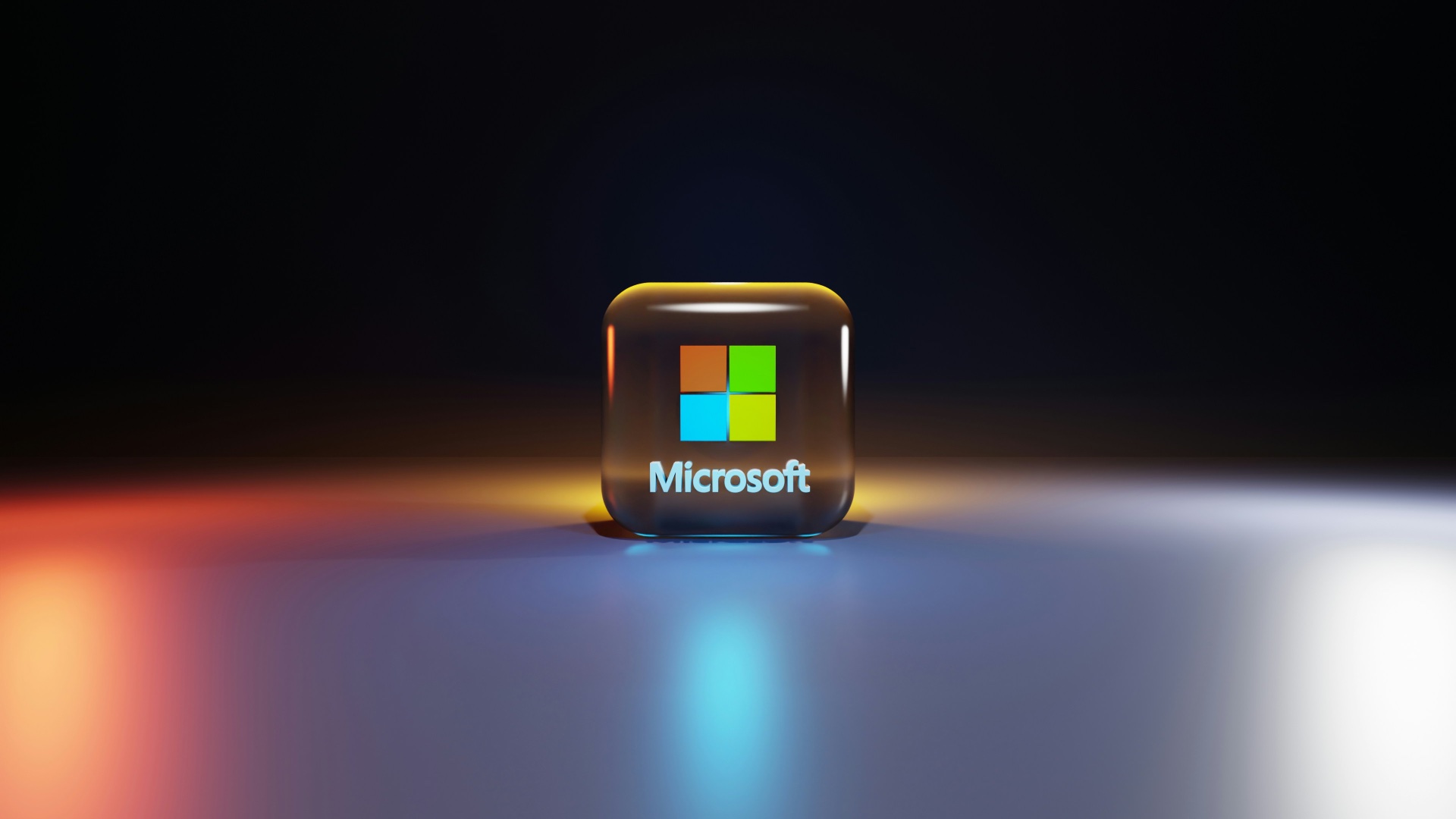The PC market, after a period of pandemic revival, stagnated. Innovation seemed to be only cosmetic and hardware replacement cycles were lengthening. In this landscape, however, a powerful new catalyst for change has emerged: AI PC. This is not another fashionable buzzword, but the announcement of a fundamental transformation in PC architecture that is set to redefine the role of the PC in our lives and initiate a massive hardware replacement cycle.
But what exactly is an AI PC? It is not simply a computer with access to cloud-based AI services. The definition goes back to the silicon itself. A true AI PC is a device equipped with a specialised, three-element computing architecture: a traditional CPU for general tasks, a powerful GPU for parallel processing and, crucially, an NPU (Neural Processing Unit). It is the NPU, a dedicated and energy-efficient accelerator, that is at the heart of the revolution, enabling AI tasks to be efficiently processed directly on the device, without burdening other components .
The key parameter here became performance measured in TOPS (trillions of operations per second) . The turning point turned out to be Microsoft’s establishment of a threshold of at least 40 TOPS for the NPU itself as a condition for ‘Copilot+ PC’ certification . This strategic move redefined the market, forcing the entire industry into a race to exceed the imposed threshold.
This brings us to the main thesis: AI PC is not just a hardware evolution, but a fundamental paradigm shift. We are witnessing a shift from a fully cloud-dependent architecture to a hybrid model in which AI computing power is strategically dispersed between data centres and the end device. This shift carries profound implications for cost, privacy and the entire IT ecosystem.
Market drivers: why now?
The sudden emergence of the AI PC category is the result of a confluence of three powerful forces that made moving AI to the device not only possible, but necessary.
A technological necessity: privacy, security and latency
In an era of increasing awareness of data protection, cloud computing raises concerns. AI PC addresses these challenges by offering analysis of sensitive data directly on the device, enhancing privacy and security.
What’s more, for real-time applications like live translation, the elimination of delays (latencies) associated with communication with the cloud is crucial to the quality of the user experience.
Economic impetus: the hidden cost of cloud AI
The boom in generative AI has revealed a brutal economic truth: while training models is a huge but one-off expense, the real budget ‘eater’ is the cost of inference, i.e. actually using the models.
Every query to cloud-based AI generates a cost that, at scale, becomes difficult to predict and is a barrier to enterprise adoption of the technology. By moving some of the computing to the end-device, technology giants such as Microsoft are strategically passing on some of the rising operational costs to customers who are investing in new, more expensive hardware.
Market maturity: the boom effect of generative AI
The explosion in popularity of tools such as ChatGPT has fundamentally changed user expectations. Consumers and business employees alike now expect AI to be an integral part of their everyday tools. The timing coincides perfectly with the natural cycle of post-pandemic hardware replacement and the impending end of Windows 10 support in October 2025, creating the perfect ‘window’ for the introduction of a new product category.
Battlefield: architects of the new PC era
The entry of AI PC into the market has sparked the most intense rivalry in the industry for years, with traditional and new players facing off against each other.
Chipmakers: the war of architectures
The competition is no longer just between Intel (Core Ultra) and AMD (Ryzen AI) within the same x86 architecture. The real breakthrough is the entry of Qualcom (Snapdragon X Elite), which brings ARM architecture to mainstream Windows PCs, promising unprecedented energy efficiency . This is the biggest challenge to the ‘Wintel’ duopoly (Windows + Intel) in decades, initiating a fundamental war of architectures – x86 versus ARM – on the same system platform.
Although Microsoft has created an advanced emulation layer, history teaches that this always involves compromises in performance, especially in games and specialised software . It is also worth remembering that the pioneer in this field is Apple, which has been integrating dedicated neural engines into its processors since 2017, exploiting the advantage of full control over hardware and software.
Software giants: Microsoft as market conductor
In this revolution, it is not hardware manufacturers but the software giant that is dealing the cards. Microsoft, through Windows and the new Copilot+ feature category, has become the main conductor of the market . By introducing exclusive tools such as Recall (photographic computer memory) or Cocreator (real-time image generation), the company has created a real demand for hardware capable of running them locally . Microsoft’s strategy is clear: transform the operating system into a proactive, intelligent assistant.
The market in figures: growth forecasts and potential
Market analysts agree: we are standing at the threshold of an exponential increase in AI PC adoption. Although short-term forecasts are being adjusted due to macroeconomic uncertainty, the long-term trend is clear.
- Canalys predicts that AI PC shipments will reach 48 million units in 2024 (18% of the market) and will reach 205 million by 2028, representing a compound annual growth rate (CAGR) of 44% .
- Gartner forecasts that AI PC market share will reach 31% in 2025 and exceed 54% in 2026 .
- IDC estimates that AI PCs will account for nearly 60% of the total market by 2027, with a CAGR of 42.1% between 2023 and 2028.
Projected Share of AI PCs in Total PC Sales (2024-2028)
- 2024: 18%
- 2025: 35%
- 2026: 55%
- 2027: 60%
- 2028: 75%
This dynamic adoption curve shows that AI PC is not a fad, but a technological standard that will dominate the market before the end of this decade.
Strategic implications: opportunities and threats
The move to an AI PC architecture has fundamental implications for the entire IT ecosystem.
For business: productivity versus security
The promise of AI PC for business is to leapfrog productivity by automating routine tasks. However, the revolution comes at a price. AI PCs will be 10-15% more expensive, requiring IT departments to analyse their total cost of ownership (TCO). The biggest challenge, however, is security.
Case study: Microsoft Recall
Nothing illustrates this better than the controversy surrounding the Microsoft Recall feature. Designed as a computer’s ‘photographic memory’, the original version stored the user’s entire activity history in an unencrypted database. This meant that any malware could steal a victim’s entire digital life in seconds . Public criticism forced Microsoft to redesign the feature, making it disabled by default and adding advanced encryption . The Recall saga is a fundamental lesson: local processing creates powerful new attack vectors, and the promise of privacy is empty without a robust security architecture.
For the software market and the risk of a “marketing bubble”
For developers, the emergence of the NPU is an opportunity to create a new generation of ‘AI-native’ applications . On the other hand, the fragmentation of platforms (x86 vs. ARM) creates a risk of chaos and increased developer costs.
At the same time, a question hovers over the market: are current applications revolutionary enough to justify a mass replacement of hardware? The industry has been searching for decades for a “killer app” – an application so groundbreaking that people buy new hardware for it . For now, the AI PC market does not have a single, obvious ‘killer app’, which fuels fears of a marketing bubble in which promises overtake actual value. However, it is possible that the strength of AI PC will be the sum of hundreds of small enhancements running in the background that will gradually improve the PC experience .
Analysis of the AI PC market leads to a clear conclusion: we are witnessing more than just another hardware refresh cycle. Driven by the need for privacy, economic pressures and expectations shaped by generative AI, NPU integration is initiating a fundamental paradigm shift in PC architecture.
This confirms our central thesis: AI PC is a revolution, not an evolution. It is a strategic shift to a hybrid AI architecture that will change not only how computers process information, but also how they interact with us. Predictions clearly point to exponential growth and the inevitable domination of this category in the market.
The personal computer, for years seen as a mature tool, is on the threshold of reincarnation. It is being transformed from a passive window on the digital world into an intelligent, proactive partner. The biggest challenge for the industry as a whole now is not whether this transformation will happen, but how to manage it in a way that is safe, productive and of value to the user. Avoiding the trap where marketing promises trump real-world usability will determine whether AI PC becomes a true revolution or just an expensive bubble. This is not the end of the history of the personal computer – it is the beginning of a whole new chapter of it.




